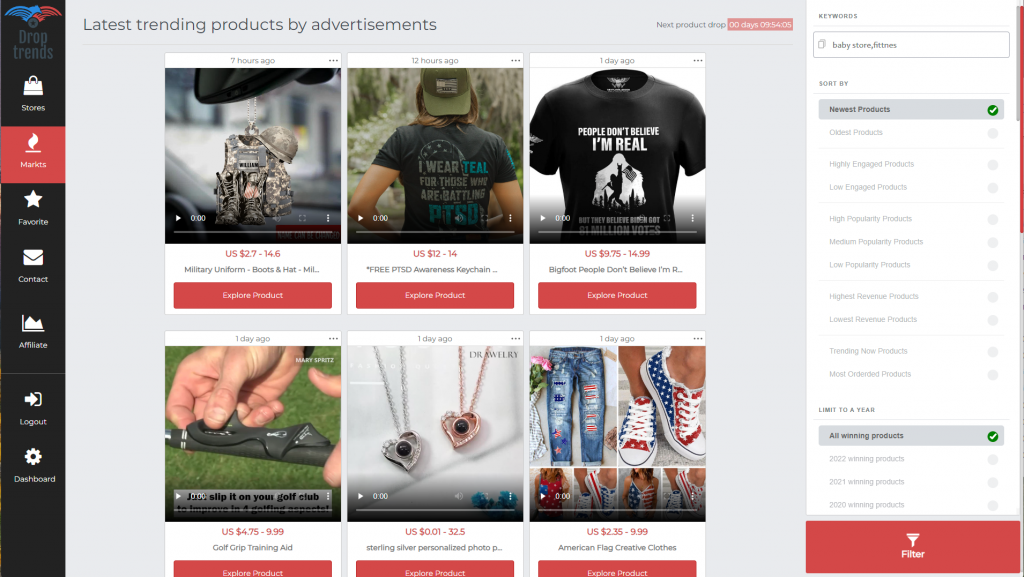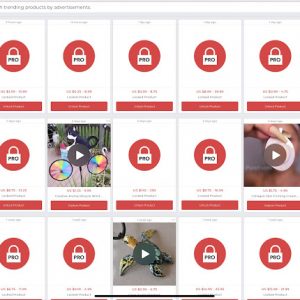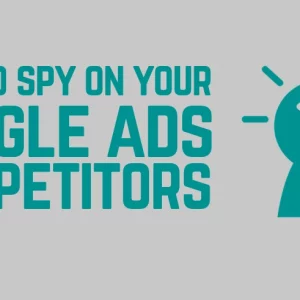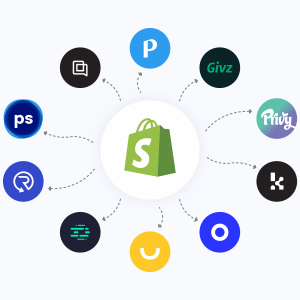Susana Saeliu and her co-founder, Kevin Li, take sleep seriously. In 2018, they launched Pluto Pillow, a personalized sleep pillow that’s custom built to your body stats, how you sleep, and what you like. The company combines a carefully designed physical product with a wealth of data, developing an algorithm that chooses the right pillow for every individual based on a comprehensive quiz. The Pluto Pillow currently comes in 35 different variations—ranging from super soft to ultra firm. Their pillows are developed with high-performance, high-grade, and breathable foam.

While it took Susana and Kevin ten months to create a quality product and build a beautiful digital storefront on Shopify, they launched to the sound of silence. There was a three week period where they only made a single sale. Initially bootstrapped and unable—plus unwilling—to spend thousands of dollars on Instagram and Facebook Ads, they sought out an option that was effective but free: PR.
Their first successful press feature in Business Insider led to hundreds of visits to their website, more than they had ever seen. Pluto Pillow has gone on to receive press attention in publications like Fast Company, Mashable, The Wall Street Journal, Men’s Health, Essence, Cosmopolitan, Refinery29, and many more. In February 2022, Pluto Pillow was featured in a Valentine’s Day gift idea segment on The Today show with hosts Savannah Guthrie and Hoda Kotb, a placement that led to a couple thousand pillow sales on their website.
Entrepreneurs frequently dismiss PR as too expensive––often, companies hire external PR firms to build relationships with press on their behalf. But Susana took a different route, crafting a scrappy in-house PR strategy that she executed herself for free. Read on for advice on how to use the power of PR to get the word out about your business, without a pricy PR firm.

How Entrepreneurs Can Use PR to Get Their Businesses Noticed
Long before Pluto Pillow found its way onto a broadcast with millions of viewers, Susana was doing the unglamorous behind the scenes work that leads to big press wins: scoping out the right journalists, crafting effective PR emails, and sending hundreds of email pitches in the hopes of a response.
“I started thinking about ways to get press…I feel like that’s a really fast way to build legitimacy as a brand,” says Susana. “I really want to build a brand where it’s not like we could fake growth with ads, I really wanted to see if [the] press was receptive, if we were to get customers organically.”

This strategy has helped Pluto Pillow capture the attention of far-flung audiences and readers across online websites, print magazines, and television segments. They’ve used their press appearances to cultivate legitimacy for their business and cement themselves as a trustworthy and recommended brand, one cold email pitch at a time.
1. Find the right journalist
A key but overlooked part of pitching journalists is finding the right one. At most online and print publications, journalists have “beats” or areas they regularly cover. It’s pointless to pitch a story about a cosmetics product to a journalist that generally reviews and writes about tech gadgets.

- Find journalists in your niche: Susana initially set out to find journalists who covered topics related to sleep, pillows, and mattresses. Her process includes what she jokingly describes as “stalking” journalists—essentially, keeping a close eye on online articles written about companies in her space, then reaching out to those journalists to pitch her own product and Pluto Pillow’s story.
- Expand beyond the obvious press picks: Susana also started reaching out to journalists who covered her company category more broadly—emailing journalists who covered direct-to-consumer brands as well as any who covered personalized products. For example, she reached out to journalists who covered the brand Curology, a customizable skin care line.
- Understand email address naming conventions: Narrowing down the right journalist is pointless if you can’t actually get in touch with them. Susana took the time to learn and test different email naming conventions at various publications (e.g. firstname@company.com vsfirstname.lastname@company.com). This ensured her emails were landing in inboxes. Online tools like RocketReach, Hunter, Lusha, Apollo, and ZoomInfo can also be helpful tools for finding specific email addresses.
2. Craft a compelling and concise pitch
Many journalists receive hundreds of emails each day, from PR agencies and company representatives vying to have their clients or company’s story told. To stand out, entrepreneurs need to craft a compelling and concise pitch. A pitch is your opportunity to sell a journalist on why your company matters and why a reader should care about your business—all in a few short paragraphs.

Here are a few tips for writing a press pitch that gets a journalist to respond:
- Make your pitch personalized: Avoid sending the exact same email to every journalist. Instead, personalize emails by referring to them by name, pointing to previous related coverage of theirs you’ve read, and why they specifically might have an interest in your company’s store. Demonstrate that you’ve done your homework on them and their publication.
- Keep it concise: Keep it brief. With inboxes filled with infinite emails, journalists appreciate pitches that get straight to the point.. Give relevant background on your company, but don’t rehash the entire history of your business.
- Tell an engaging story: Don’t simply ask to be featured and written about. Instead, Include the most interesting details about your business and use your pitch to tell a story. Consider including compelling quotes from customers about your product or adding interesting data points that might pique a journalist’s interest.
- Email as an entrepreneur: One way to stand out in a crowded inbox is by reaching out directly to journalists yourself and forging a direct relationship with writers at publications—rather than relying on a PR firm or a company representative. “They actually love it, by the way, when founders reach out, instead of a PR agency from the beginning,” says Susana. “They love to hear these stories.”
Some journalists will pass on your pitch or won’t respond at all. But improving your pitches—and iterating on them when they don’t work—will increase your odds of getting a story written about your business.
More PR Advice for Entrepreneurs
Leveraging the press to help tell your company’s story can be a powerful strategy for bringing attention to your business and helping turn readers into customers. Read these articles on the Shopify blog for more on PR advice and best practices.
- Hacking the Press: Clever Ways to Get Free Press Coverage with Zero Budget
- Still No Media Coverage? This Press Release Guide is Helping Businesses Get Seen
- How to Create a Press Kit That Gets Publicity in 2022
- What is Social Proof and How to Use It
3. Pitch persistently and widely
PR is not a one-off tactic—instead, you should always be pitching. Additionally, it’s a good practice to follow-up with a journalist if you don’t get a response. As a rule of thumb, it’s okay to follow up about a pitch twice. In the early days of Pluto Pillow, Susana spent a significant portion of each day reaching out to journalists.
“I would dedicate about three hours a day, just to pitch to press and get as many emails out as possible,” says Susana. “I condensed it in a way where I have this pitch, ready to go personalized to that person. Later on, we got about 30 to 35% responses to our press.”
A successful press mention won’t always move the sales needles for your business. But pitching widely—combining both quality and quantity—is useful to help businesses understand what publications are a fit and which fall flat. In some cases, niche publications with a highly engaged audience can be more impactful than a big publication with a broad audience.

“There are articles that have worked really well. Real Simple has been a really big one where we’ve gotten a couple 100 orders just from one article,” says Susana. “But sometimes other big press hits may be a bit of a flop too. But it’s really about just getting out there as much as possible.”
After years of running PR in-house and learning out what works, Susana delegated their PR strategy to a PR firm. But those initial years at the helm of Pluto Pillo’s outreach have allowed them to grow sustainably, without relying on ad spend on social media.
“Conversion rates are really high actually when it comes from when a customer comes from a press hit,” says Susana. “Sometimes when the audience is really engaged with that publication, especially if it’s in a space that you operate in, you get a lot of great results.”
Using PR to draw attention to your business is just one of many subjects covered in this week’s Shopify Masters episode with Susana Saeliu. Tune in to learn more about the following topics:
- How Pluto Pillow built a referral system that’s led to 20% of their orders coming from referrals.
- How the company’s appearance on Shark Tank has impacted their business—despite not signing a deal.
- Why joining the 500 Startups accelerator helped Pluto Pillow expand their network of entrepreneurial peers and supercharge their growth with venture capital funding.
- The customer strategy that Pluto Pillow used to garner over 1400 reviews with an average of 4.8 stars.









